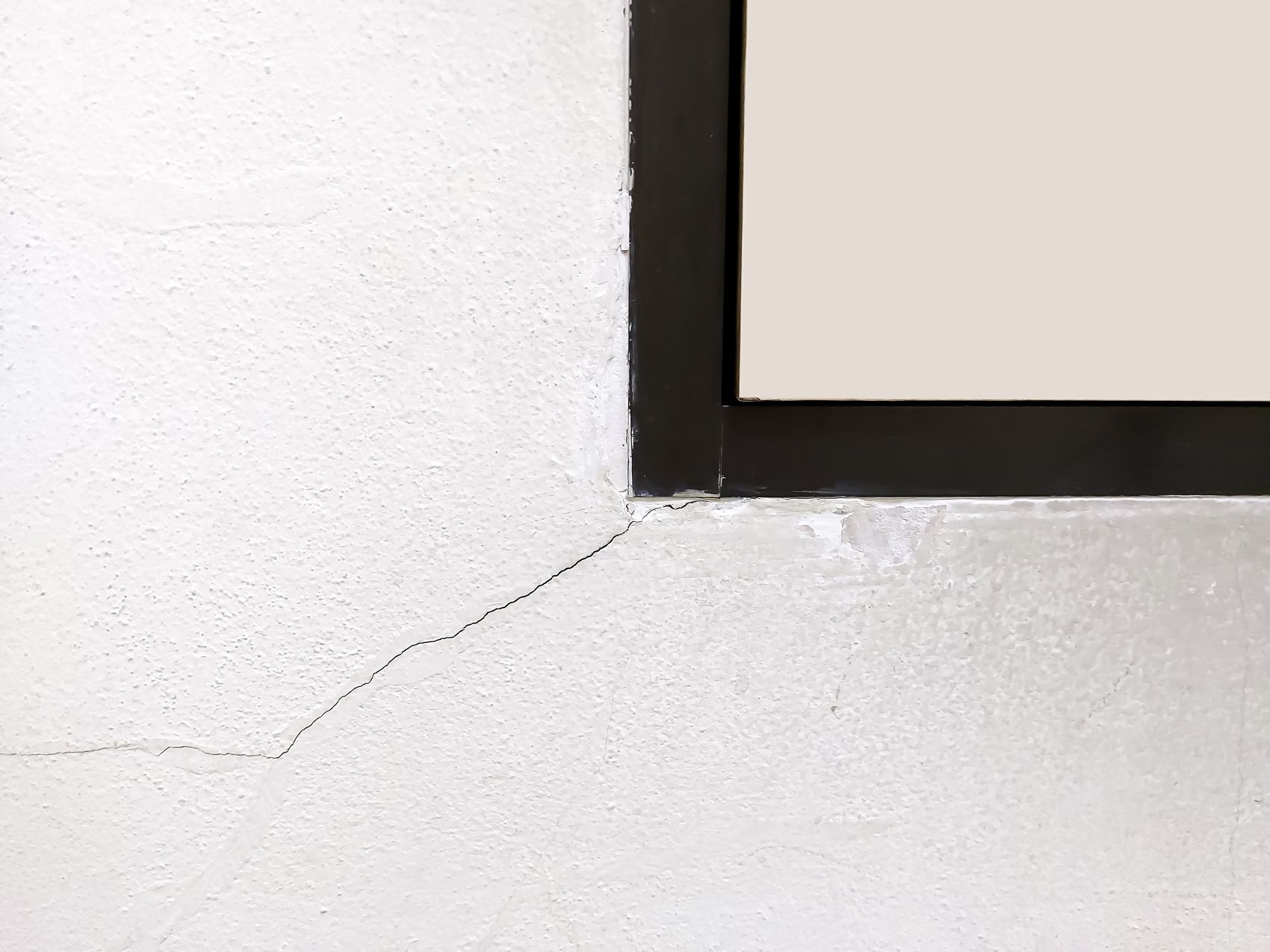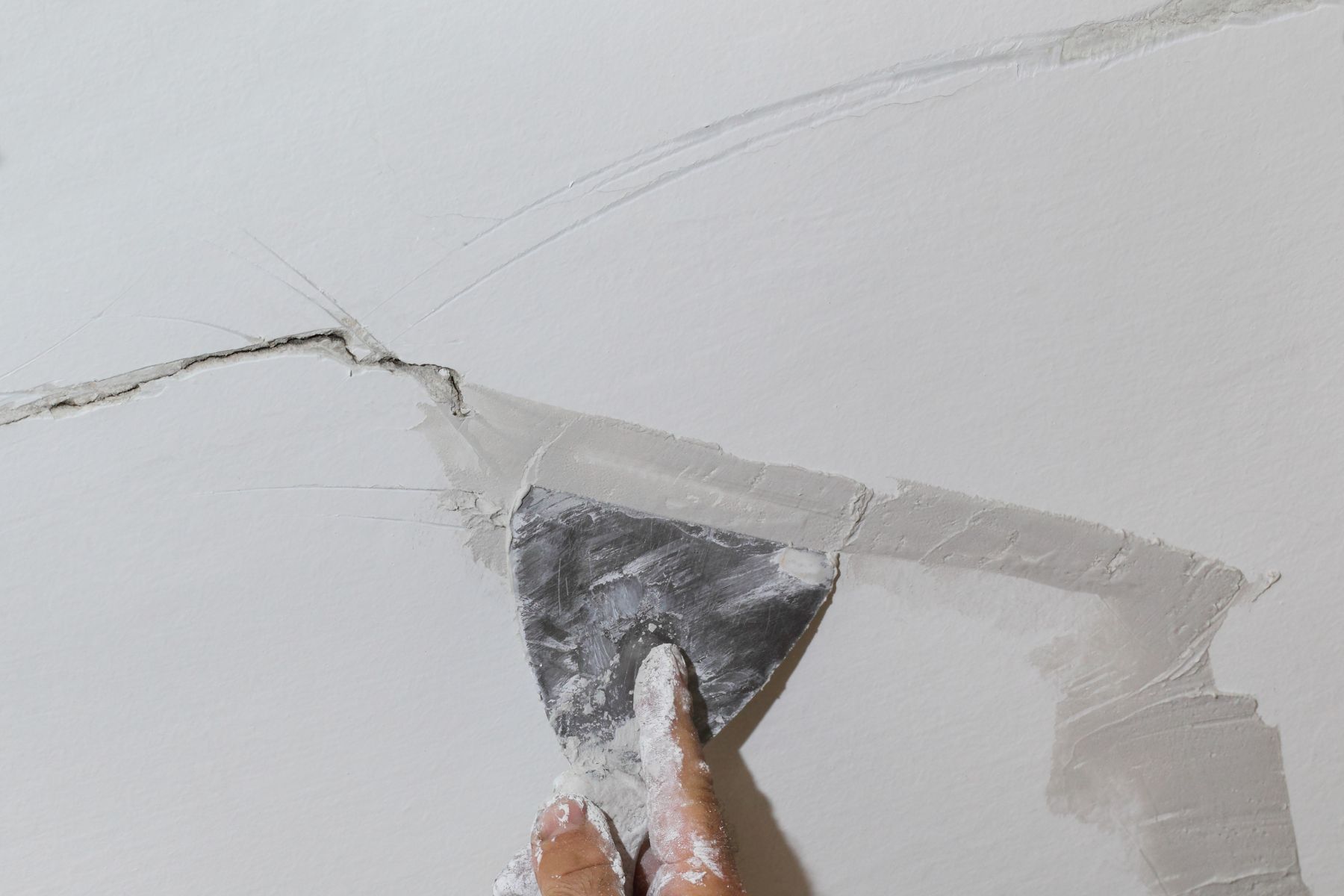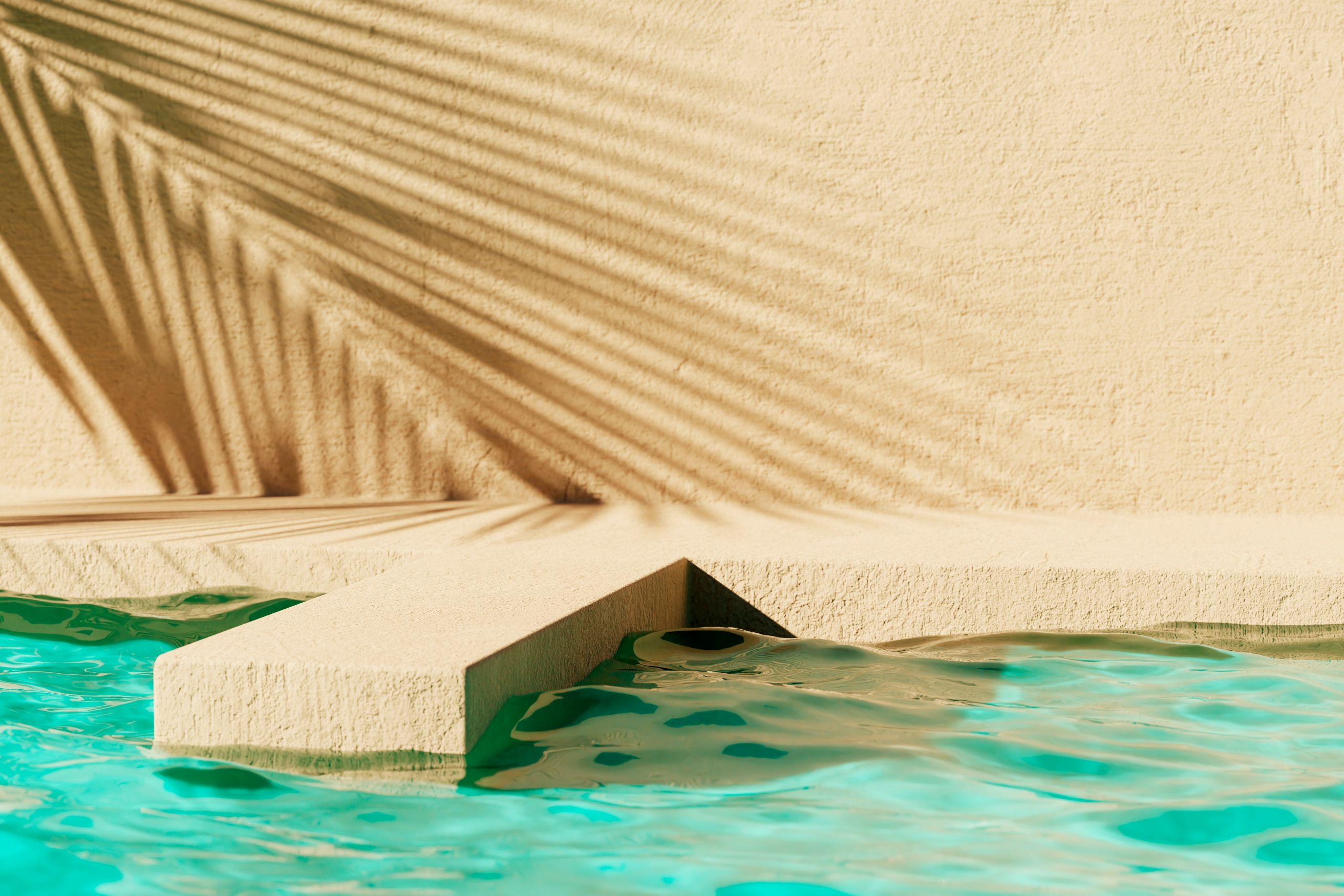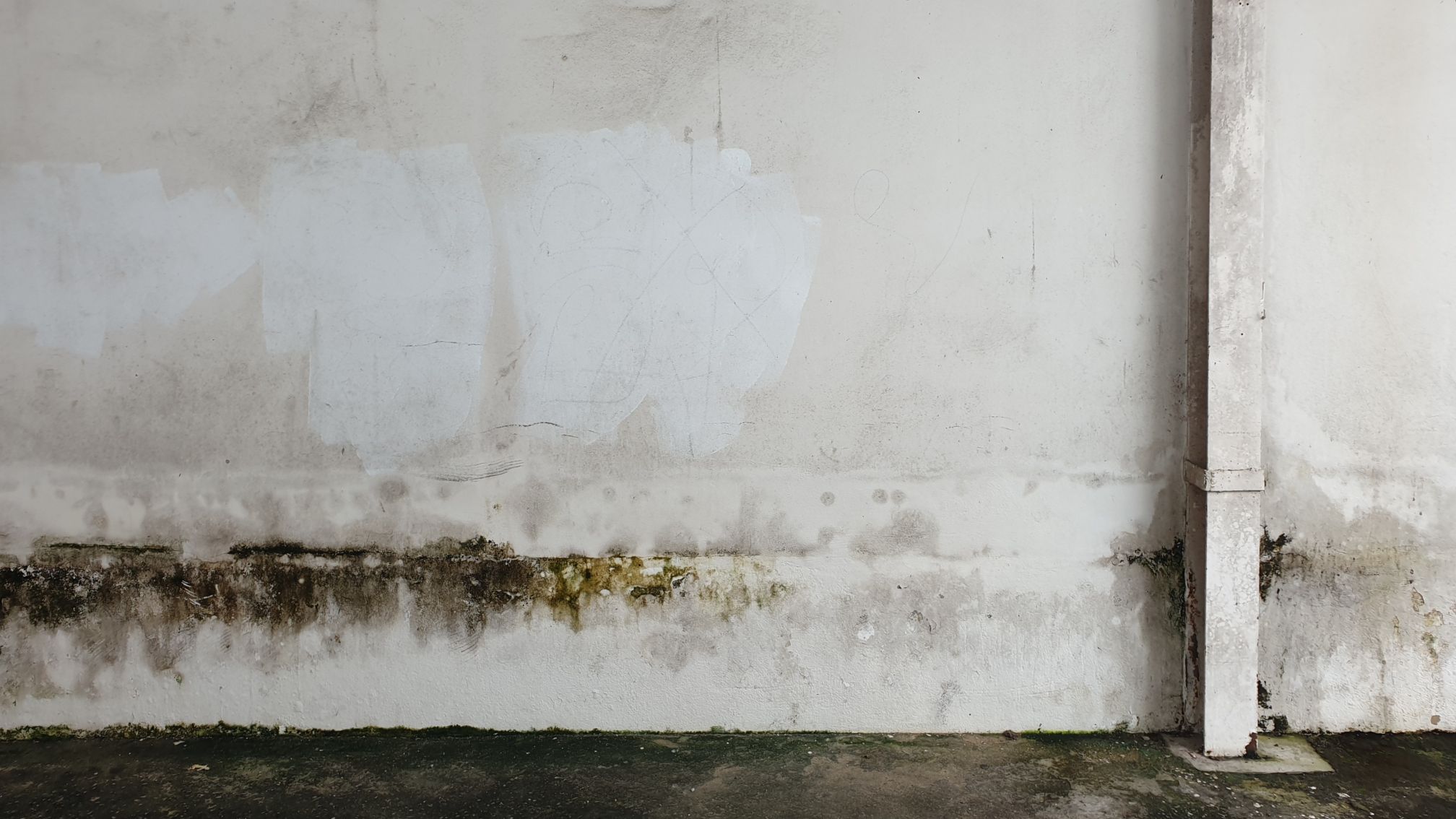The monsoon season is here! Brace yourself for torrential rains, strong winds, and thunderstorms that bring wall seepage problems and leakages. Read on to learn how to prevent seepage in walls through wall seepage treatments and solutions.
Understanding the impact of the monsoon on walls
Water leakages, cracks in the wall, and mould are some of the common impacts that affect the walls during the monsoon. If not taken care of soon, they can cause major damage, and you can end up paying a hefty amount later. Instead, let’s learn how to prevent wall seepage.
Recognizing parts of the house prone to seepage
Wall seepage problems can be quite damaging, as the water flows through tiny cracks in the walls. Here’s a list of parts that may get affected and are prone to wall seepage problems:
Exterior Wall Cracks and Joints
An easy one to spot, the wall cracks and joints in the exterior walls are typically visible to the naked eye. To get this fixed, it’s advised to get a professional’s help immediately.

Foundation and Basement Walls
The easiest way to spot if there’s wall seepage in your foundation and basement walls or flooring is to look out for wet spots and wall crumbling.
Roof and Ceiling Leaks
Heavy rainstorms cause roof and ceiling leaks. Look out for water seepage on walls and wall crumbling in your ceilings.
Bathroom and Kitchen Walls
A cracked part, water spot, or high moisture content on the wall is a way to recognise water seepage in the bathroom and kitchen walls.
Below-ground Entry Points
Pipe breakage or water logging in the drainage system of your foundation flooring can be a reason for wall seepage. To recognise it, look for mould and mildew growth.
Repair and maintain
Crack and Hole Repair
For wall seepage treatment, get the cracks and holes repaired first by applying a thick coating of a crack repair solution that is readily available in local markets.

Surface Cleaning and Preparation
Ensure the wall surface is thoroughly cleaned and no dirt or residue is left behind post-cleaning. This is a great solution to stop seepage in walls.
Priming for Protection
Primer is a must for wall seepage protection. This step must be done just before painting a new wall before the arrival of the monsoon season.
Regular Inspection Routine
Prevention of water seepage through walls involves regular inspection to check for wall cracks, wall seepage, leakage, holes, water logging, etc.
Gutter and Downspout Maintenance
Specifically designed to channel rainwater, any erosion caused by water logging or clogged drainage can be avoided with regular gutter and downspout maintenance.
Exterior Wall Repainting
Before the onset of the monsoon season, it’s best to get exterior walls repainted for water seepage prevention.
Sealing Vulnerable Areas
Seal any vulnerable areas, such as windows, cracks in the wall, open drains, etc., for water seepage prevention and treatment.
Role of Waterproofing in Defending Against Water Seepage
Waterproofing is a long-term investment, and here’s why and how to prevent water seepage through walls:
Preventing Structural Damage
Waterproofing ensures no structural damage is caused by cracks in walls and ceilings due to water seepage.
Blocking Moisture Infiltration
Waterproofing blocks moisture infiltration by creating a barrier between exterior and interior walls. Berger’s Moisture Meter helps measure the moisture content.
Reducing mould and Mildew Growth
Good waterproofing ensures reduced damage from mould and mildew growth by safeguarding walls from any moisture content.
Extending Wall Lifespan
Your home’s exterior and interior walls can flourish for longer, and you can prevent water seepage and wall damage with waterproofing maintenance.

Preserving Aesthetic Appeal
Imagine no cracks in the wall, no mould or mildew in the bathroom or kitchen walls, no water seepage, and absolutely no wet spots! Yes, waterproofing can do that.
Enhancing Property Value
A home with high protection from any potential damage has increased property value in the market.
Being prepared with emergency solutions in case of sudden seepage
Temporary Water Diversion Tactics
Divert the water into a less damaging area when you notice water leakage or spillage.
Interior Water Management
Interior water management includes fixing broken pipes, cracks in the wall, clogged drains, etc.
Conclusion
Refer to the wall seepage prevention and wall seepage treatment techniques to keep your walls protected during the monsoon.
FAQs
1. Why is wall seepage more common during the monsoon season?
The increased amount of rainfall causes walls to absorb more moisture during the monsoon.
2. Can I use DIY methods to prevent wall seepage, or should I consult professionals?
DIY methods can be effective temporarily, but they aren’t permanent wall seepage solutions.
3. Are there specific paint or coating options that can effectively prevent wall seepage?
Berger’s Express Painting solution offers long-lasting paints to prevent water seepage.
4. How can I tell if my home is at risk of wall seepage even before the monsoon arrives?
Leaks in the roof, walls, or ceiling, wet spots on the floor, cracks in walls, and mould growth are signs of wall seepage.
5. Are there eco-friendly methods to prevent wall seepage that align with sustainability goals?
Berger’s eco-friendly paints are a budget-friendly and long-lasting choice for wall seepage prevention.


 Get in Touch
Get in Touch
